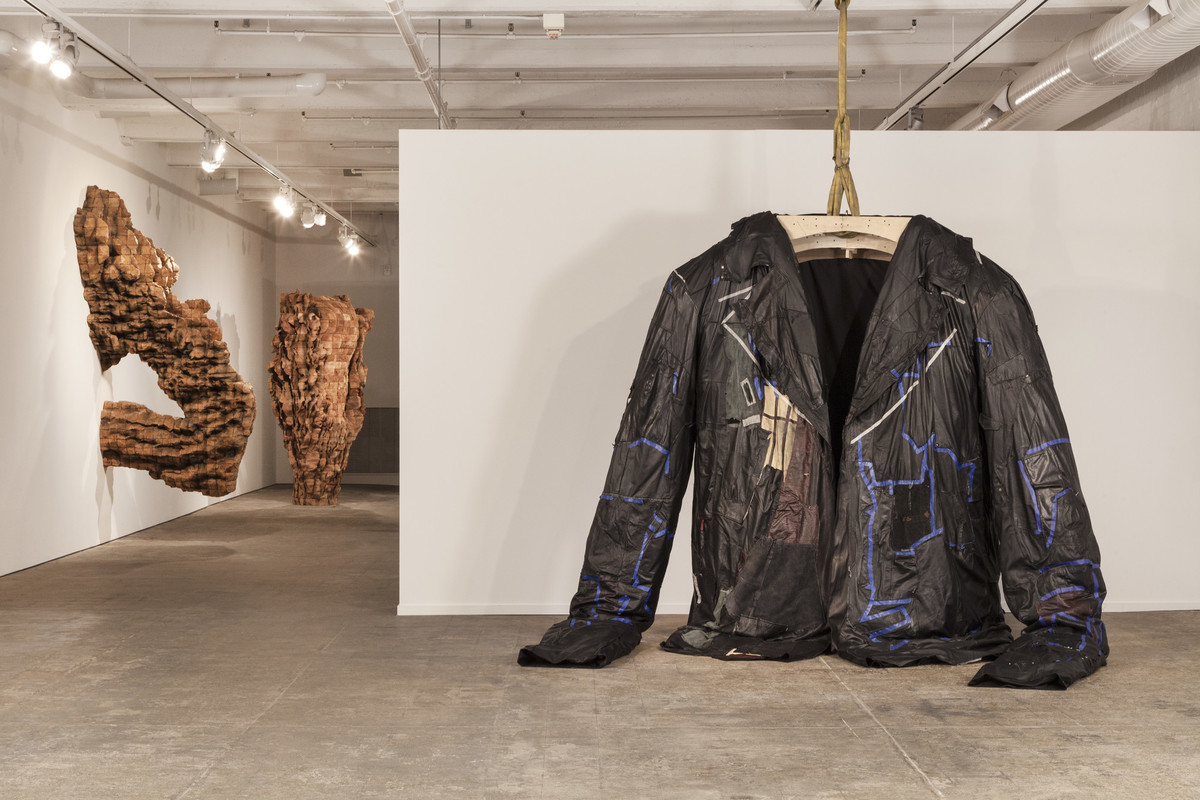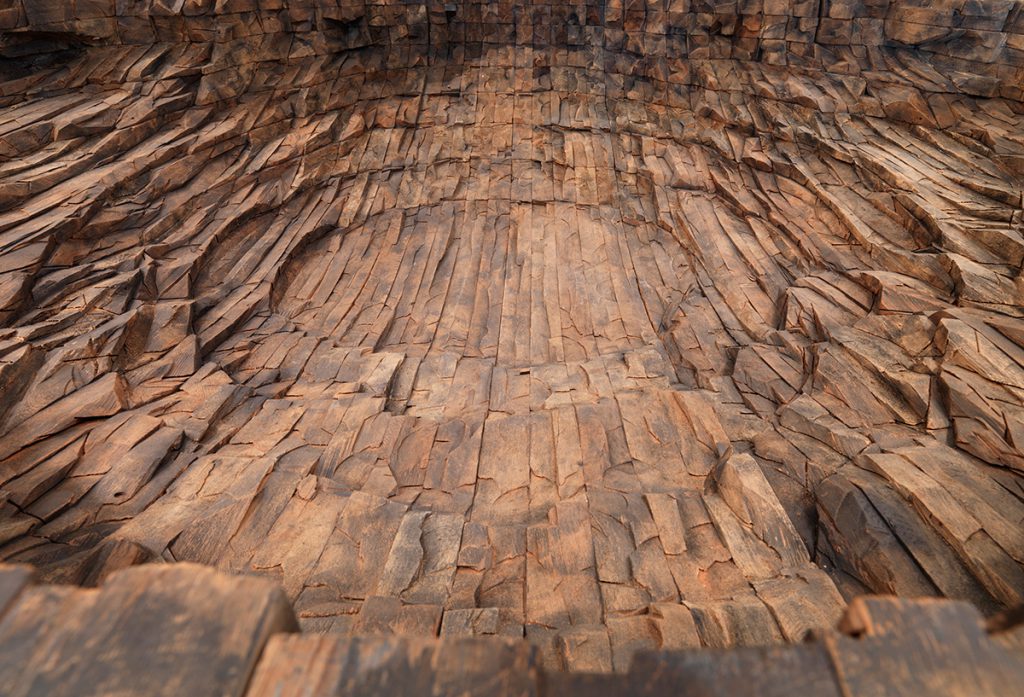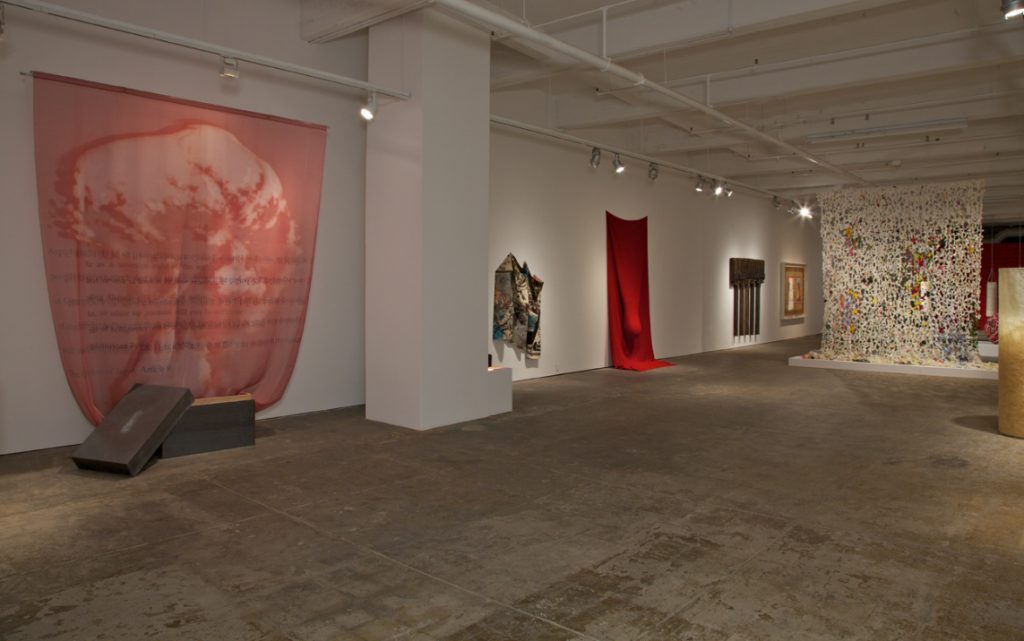Celebrated as one of the most influential sculptors working today, Ursula von Rydingsvard is best known for the monumental works she makes out of thousands of four-by-four cedar beams. The artist’s work is not overtly autobiographical but is permeated by her life experiences. She was born in 1942 in Germany to Polish and Ukrainian parents; peasant farmers who worked in forced labor under the Nazis during WWII before moving to the United States in 1950. The materials, recurring patterns, and titles of von Rydingsvard’s works often evoke this history and her rural and cultural heritage.
While cedar has long remained the artist’s medium of choice, a 1989 residency at FWM allowed von Rydingsvard to integrate a new material—tube and cuplike felted forms—into her wooden works. This resulted in her first FWM exhibition, Ursula von Rydingsvard: Working with Felt and Cedar (1990). Following the show, the artist’s new work, Felt Cup Board (1989), entered FWM’s permanent collection.
In 2015 von Rydingsvard returned for another collaboration with FWM, this time resulting in a sculpture characteristically monumental in scale but made from an unexpected material. PODERWAĆ is an eleven-foot-tall leather jacket constructed from 193 jackets found at flea markets and thrift stores. With FWM’s studio staff meticulously sewing the leather, von Rydingsvard was able to explore the material through an intuitive creation process echoing that of her cedar works. She outlined a template with tape on her studio floor and composited the deconstructed jackets, section by section. PODERWAĆ debuted in Ursula von Rydingsvard: The Contour of Feeling, the 2018 exhibition guest-curated by Mark Rosenthal, which focused on von Rydingsvard’s artistic development since 2000.



